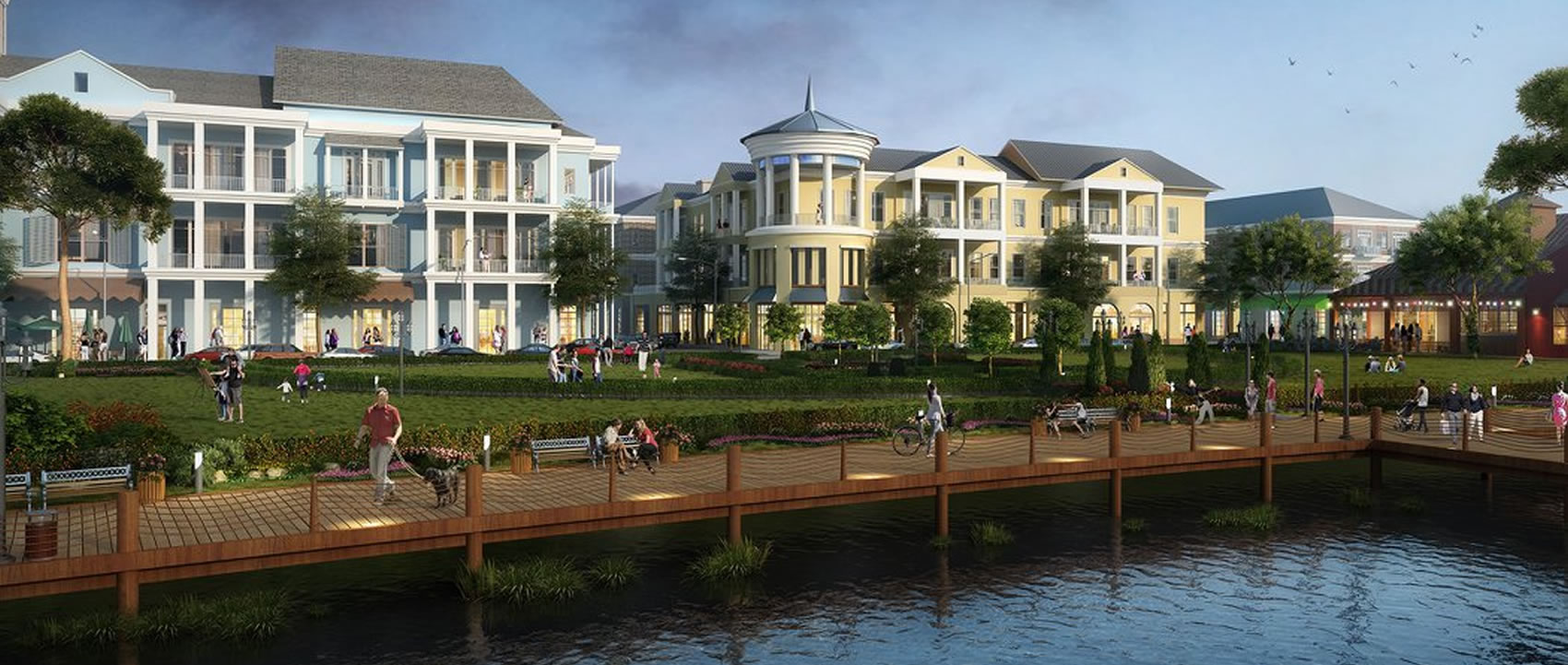By Raven Halle
Last month, we talked about the idea of placemaking, or the multi-faceted concept involving the ways in which traditional neighborhood developments inspire their residents to reimagine public spaces as little hearts of a community. In this thorough examination of traditional neighborhoods, their characteristics, and how their characteristics intersect and define communities, we arrive at yet another idea: the idea of “Missing Middle Housing.” Similar to the notion of mixed-use facilities, the term “Missing Middle Housing” refers to a way through which more housing and housing choices are developed in walkable, sustainable places like traditional neighborhood developments. Traditional neighborhoods diverge from conventional suburbia in many ways—as we have previously discussed—and perhaps the most notable of which is the idea that people of all social and economic strata are able to live, work, and thrive comfortably in traditional neighborhoods due to their multiple types of living options. Essentially, “Missing Middle Housing” serves to support local business as well as diversifying housing choices, thus diversifying the people within a community.
The words “Missing Middle” refer to their status as being between, or in the middle of, typical housing: the bridge between apartment complexes and single-family homes. From duplexes to fourplexes, Missing Middle Housing, then, can be best described as clustered housing similar in scale to single-family homes which aid to meet the continuously growing demand of living options in walkable, urban spaces. Above all, Missing Middle Housing allows for demographics such as senior citizens, young couples, single parents, teachers, and doctors to live comfortably amongst one another in order to foster a deeper sense of community while also closing the gap between small amounts of available housing and the high demand for walkability.
When looking at the characteristics of Missing Middle Housing compared to the characteristics of traditional neighborhood developments, many trends can be observed: both aim to aid and increase walkability and feelings of community and interconnectedness, decrease the need for automobiles, and produce a more sustainable ecological footprint. This is why they work well in conjunction. The similarities in scale between single Missing Middle Housing units and single-family homes allow for them to be easily blended, again encouraging diversity both amongst living spaces and residents. Missing Middle Housing is an example of compatible infill—a development that does not take away from the privacy or or character of neighboring houses—which is a direct result of its perceived low density, or the ability of these buildings to not appear dense or crowded. See photo below for a diagram that exemplifies these different types of Missing Middle Housing and how they can be implemented within a community.
Overall, Missing Middle Housing creates more living usage and units on less land than do single-family homes. The idea that the Missing Middle is a spectrum, also indicated by the graphic above, means an increase in housing supply and a decrease in total cost for residents as compared to the supply and cost of single-family units. Most importantly, Missing Middle Housing directly impacts the need for affordable housing, and does so in a way that not only improves the lives of those seeking to live there, but also other members of the community who can watch their neighborhoods grow and diversify.


